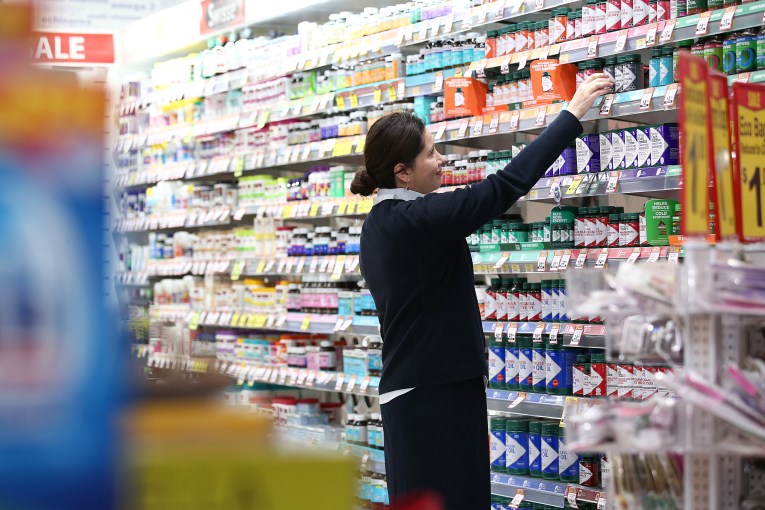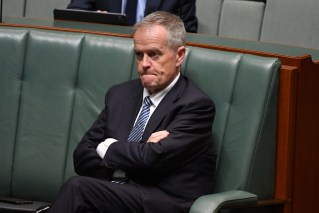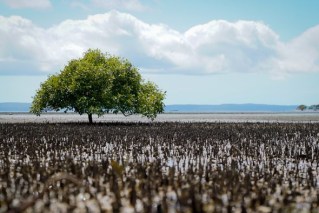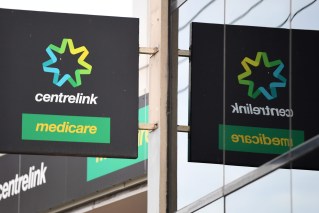Are solar farms ‘switching off’ to stop power prices dipping below zero?
Renewable energy has flooded the Australian market but an analysis of how they were performing has shown a massive loss in generation capacity as solar farms switch off to avoid low pricing.

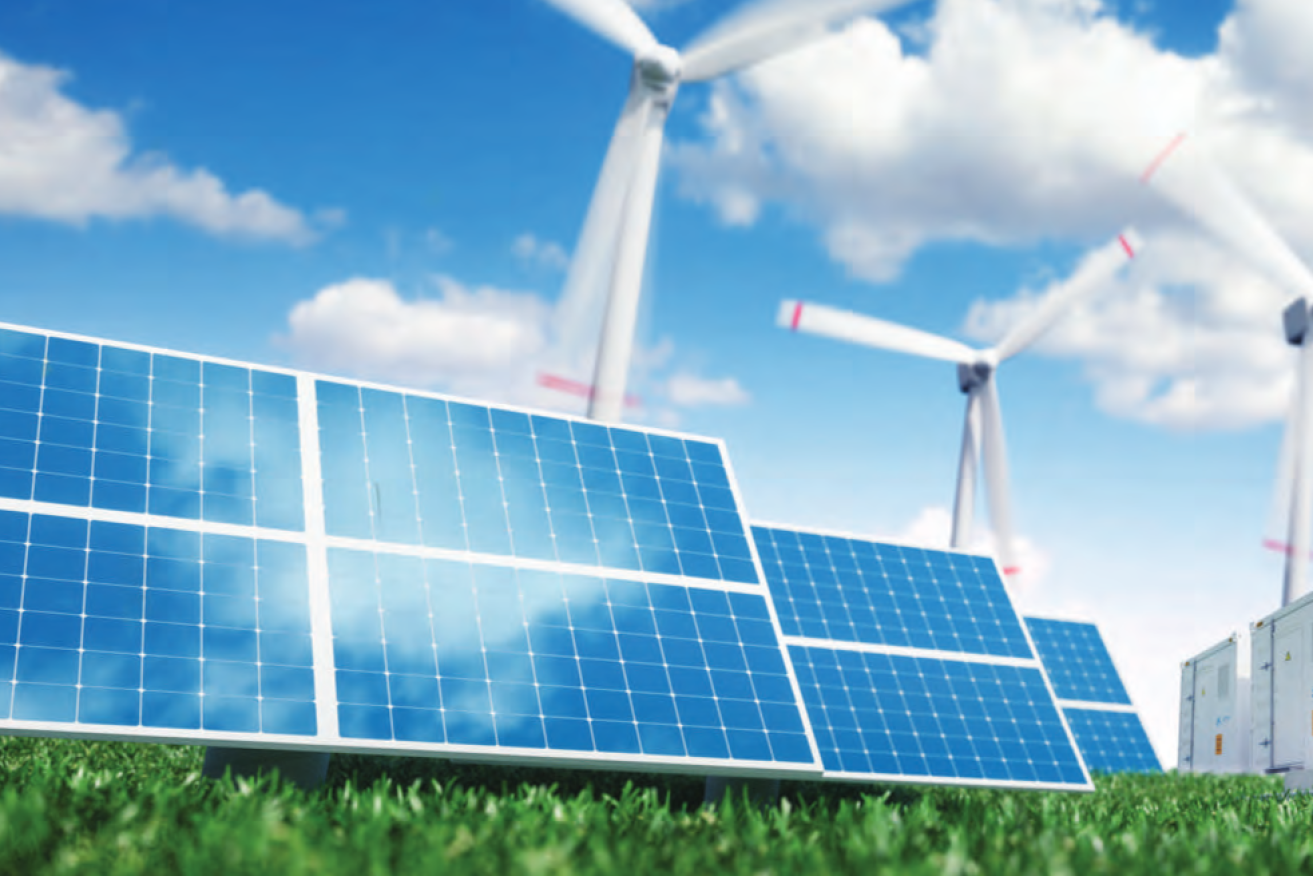
Queensland Investment Corporation is investing heavily in sustainable infrastructure. (Image: QIC)
ITK analyst Ben Willacy said the equivalent of a whole power station similar in size to the Darling Downs solar farm had gone missing from the grid.
It follows a massive transformation in the energy market since the introduction of solar and wind assets. On a bright sunny day in Queensland, wholesale energy prices can be driven to zero or even negative at peak times of generation.
That has affected all generating assets and only this week AGL and the Queensland Government announced massive writedowns of energy assets because of low pricing.
Writing for the wattclarity.com.au energy website, Willacy said 2020 was a stellar year for utility-scale wind and solar in the national electricity market. Fully operational capacity passed 10 gigawatts for the first time, and 3.5 GW of new projects connected to the grid, “making it easily the biggest year for utility-scale variable renewable energy in Australia’’.
But he said data was showing the capacity of solar farms was well below what was considered to be the case and one reason (but not the only reason) for this was that they may be switching off to avoid the low pricing.
“Lower capacity factors mean lower than expected production which, if it remains true on a sustained basis, could mean higher prices all else equal,” he said.
He said a few years ago it was thought solar capacity factors were about 30 per cent for Queensland and 26-28 elsewhere, and wind capacity factors were about 40 per cent. Capacity is the amount of energy produced as a percentage of an asset’s potential if it operated 24 hours a day.
“Queensland currently has approximately 1.5 GW of fully operational utility-scale solar. The difference between a 23 per cent and a 30 per cent capacity factor is almost 1 TWh per year, or the equivalent of a 450 MW solar project.
“That’s an entire Western Downs Solar Farm that’s gone missing.
“For many plants, it can be important to get out of the way of zero or strongly negative price intervals. With more instances of negative prices in 2020 than in previous years, more assets will have deliberately reduced output.
“We don’t know what the future holds for asset yields. We expect system constraints to ease over time, as transmission investments are made, but economic curtailment may become more prevalent, as the number of negative price intervals increase, at least over the near term.
“This will hit solar farms disproportionately. Widespread storage is likely to help with both issues, but until we see significant storage volumes in the NEM, we may need to stick with a more conservative set of capacity factor assumptions.’’
Renewable energy company, Genex, also announced confirmation of $147 million from the Queensland Government for the development of a transmission line from Kidston to Mt Fox, which will allow transmission from the company’s pumped storage facility to the national electricity market.
The funds will go to Powerlink for the construction of the project.
“The transmission line will not only enable the connection of the project to the NEM, but with significant spare capacity, will facilitate the creation of a renewable energy zone in north Queensland,” Genex said.
